PC532
The PC532 is an interesting story. Beginning of the 1990's some people tried to build a NS32532 based computer system. Finally they were successful. The number of systems build was quite low compared to industrial standards. But nevertheless around 150 boards were build and shiped to enthusiastic NS32000 fans. The operating system used was NetBSD version 1.5.3 at least.
I saw my first PC532 at the Vintage Computer Festival (VCFe) in 2003. Figure 1 shows the system.
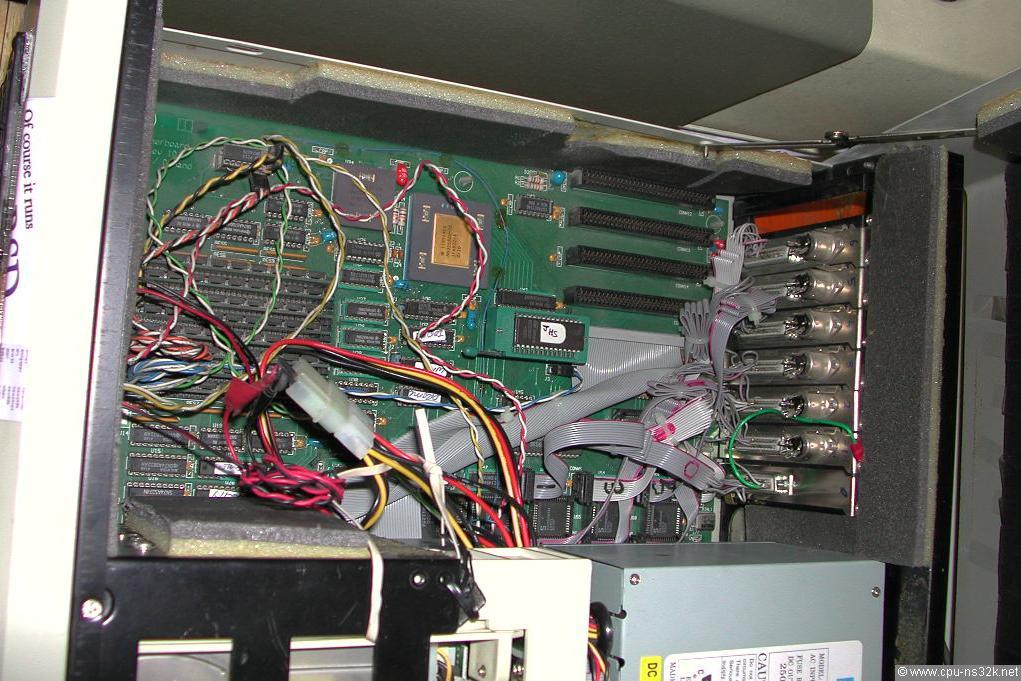
Fig. 1. A PC532 at VCFe 2003.
Later I came into contact with another PC532 owner. Unfortunately his system is no longer functional. On the next photo you can see not only the board but some probes from an oscilloscope. I tried to bring it up again. But at the end I was not successful 🙁
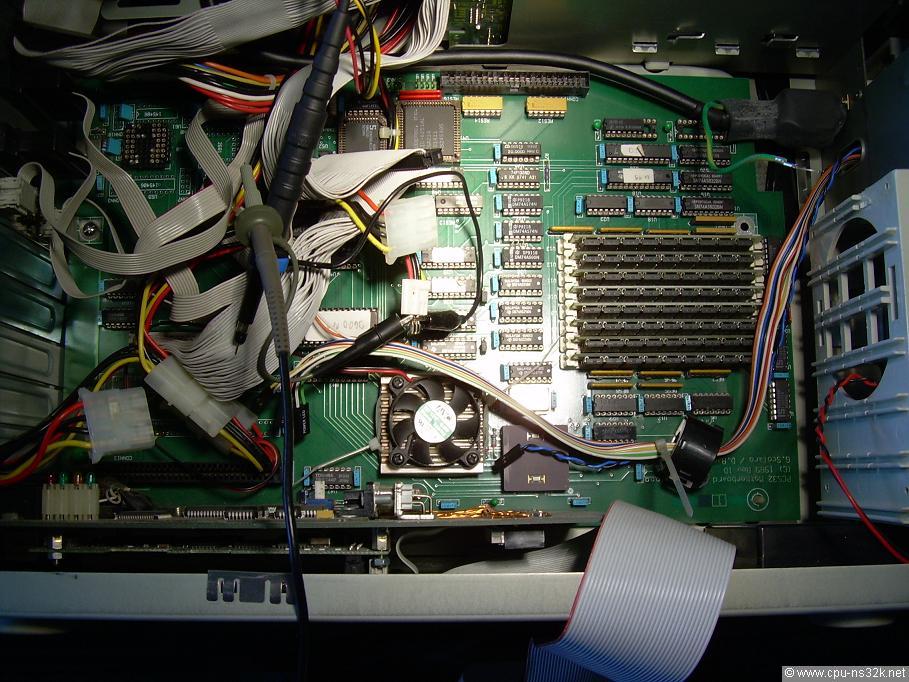
Fig. 2. A PC532 showing no sign of working.
It is difficult to measure something inside a computer with an oscilloscope. Obviously a logic analyzer is much more helpful. If the system does nothing during booting one can check some control signals after reset is released. In this case the CPU seems to make something wrong. Therefore I decided to exchange this chip.
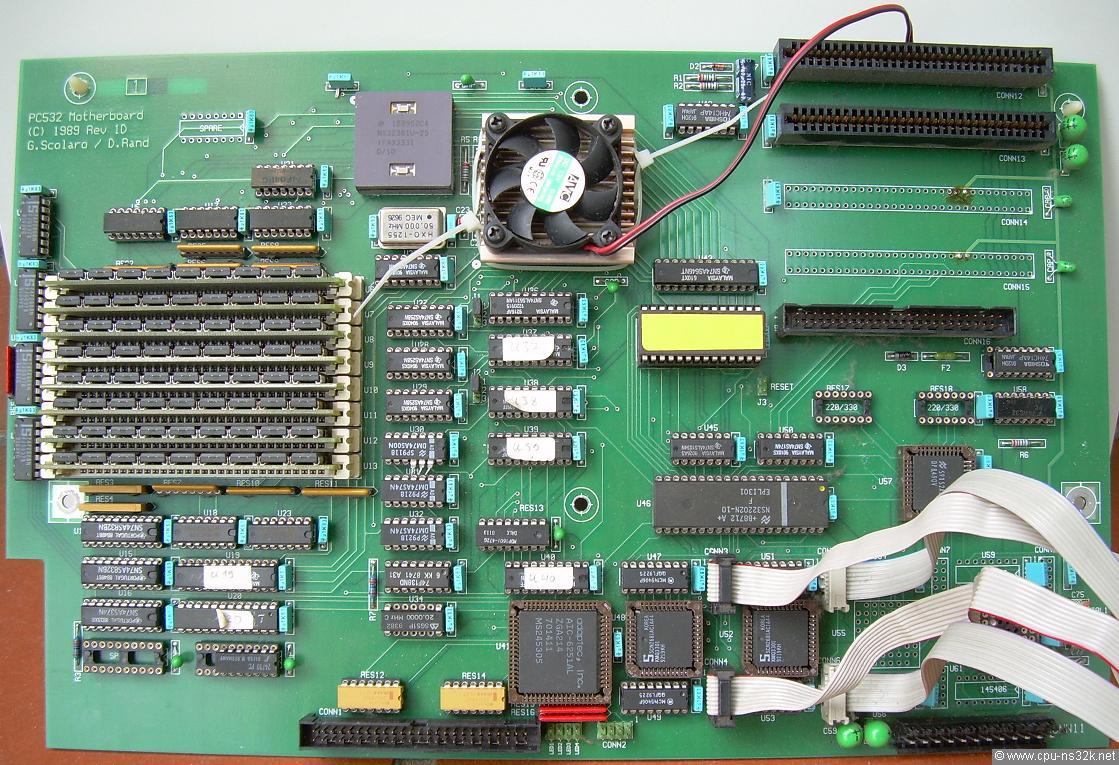
Fig. 3. A view of the PC532 board.
To exchange the CPU I took the pcb out of the case. On top of the CPU you can see a fan. The owner of this PC532 told me that his system was running at 30 MHz and the CPU got hot. Therefore the fan was necessary. My own NS32532 is running at 25 MHz with a heat-sink only. Four serial ports are available with two UARTs from Signetics. The IC from Adaptec is a SCSI controller which was used for the HDD.
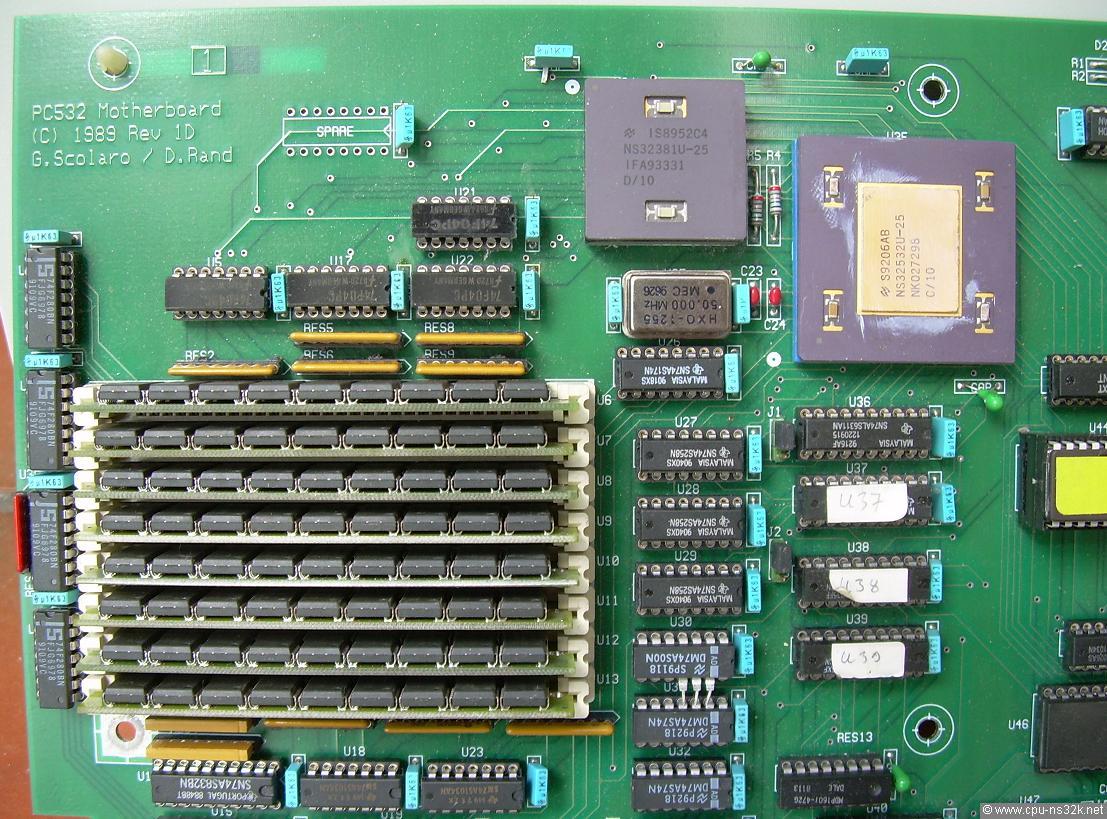
Fig. 4. A close up view of the heart of the PC532.
Figure 4 shows the NS32532 CPU, now the fan is removed, the NS32381 FPU and 32 Mbytes of parity protected DRAM. Surprisingly the CPU and FPU were 25 MHz rated devices. Clocking them with 30 MHz is 20 % overclocking and maybe something died inside one chip due to the permanent overload. As a first step I replaced the 60 MHz oscillator with a 50 MHz one. The oscillator is sitting below the NS32381 FPU.
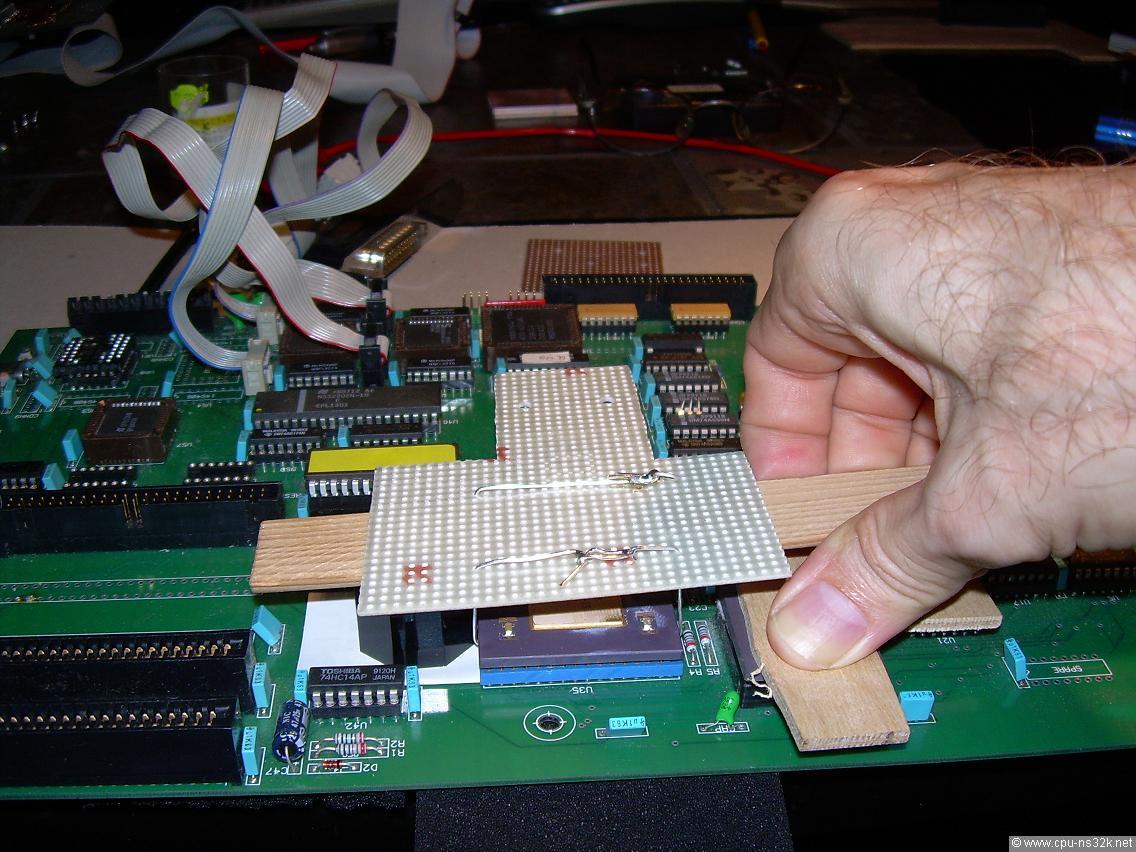
Fig. 5. Trying to break out the NS32532 CPU.
This was very strange! I tried to get the CPU out of its socket but nothing helped. At least I build a special construction which you can see in Figure 5. But I hesitated to apply as much force as I could. The board was already bending and damaging the board was not an option! At the end I packed everything together and gave the PC532 back. Unrepaired.
Second try to take off the NS32532
Since the first try to take out the NS32532 I got a tool made by Intel for such problems. You can see it in Figure 6.
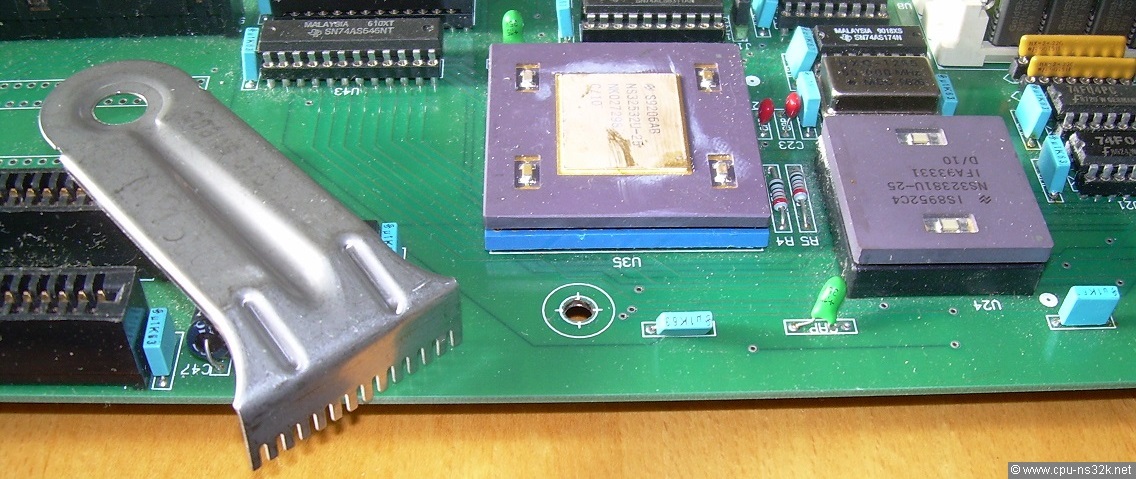
Fig. 6. With the new tool I was optimistic...

Fig. 7. ... and really, it was successful!
The tool is made of aluminium and not of steel. Steel would be much better for such purpose because the aluminium version buckled during the process. I had to align it again by a chuck.
Putting the new CPU in was also a major effort. I have no experience with sockets of this high pin count. But I don't want to gain experience because I always fear to damage the device by either taking it out or to putting it in...
PC532 of Vince
In Summer 2024 Vince got the PC532 of one of the makers of the PC532 software. He is getting old and so he wanted to put the board in the hands of someone who will appreciate it. Vince is the right person. A photo of the board is shown in Figure 8. The memory size is only 4 Mbytes. Vince will install more memory. Since September 2025 the system is running again.
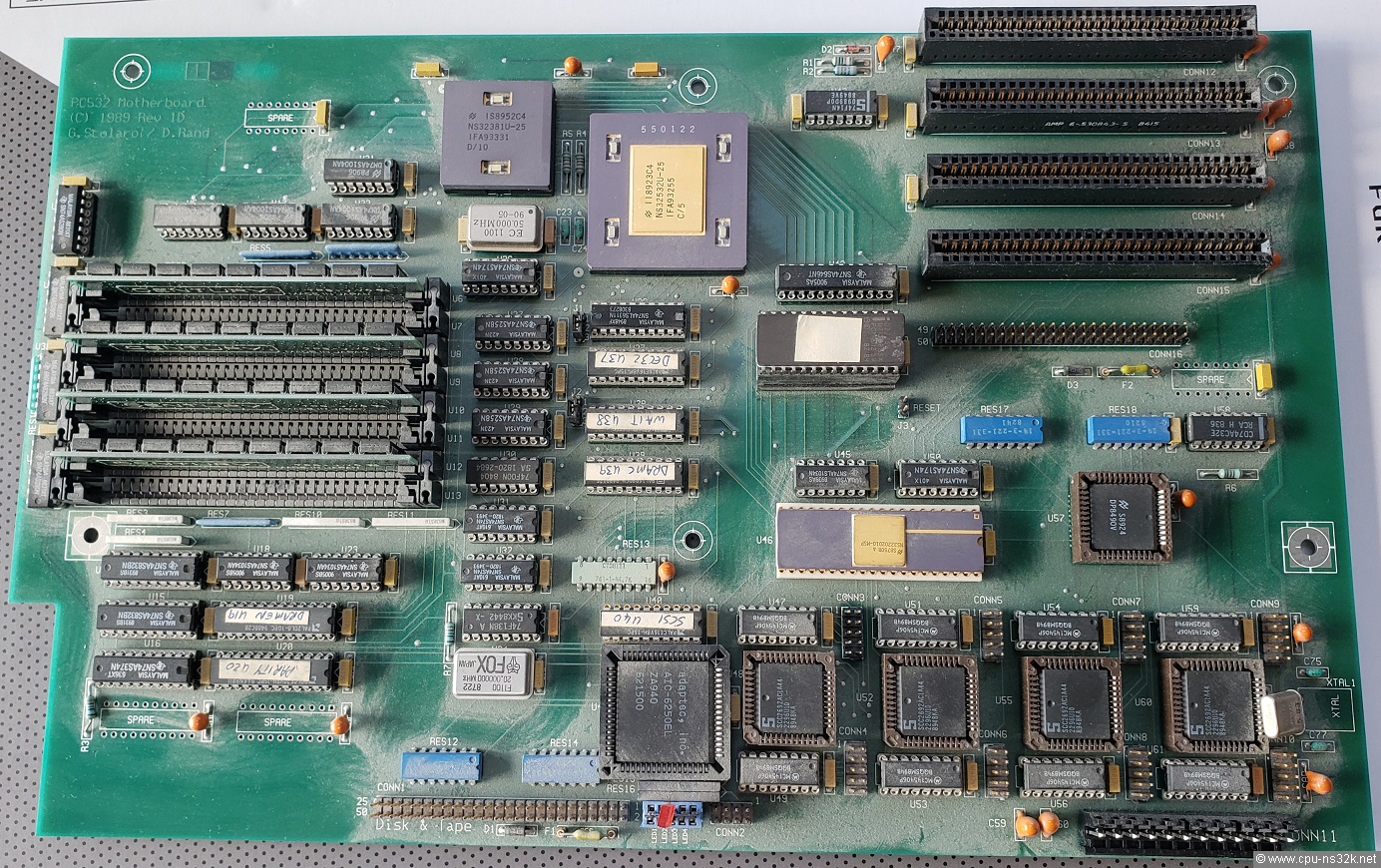
Fig. 8. The board has collected a lot of dust over time. But this should be no problem. A larger view of the board can be seen here.
Two chips on the board are noteworthy. The first one is the SN74ALS6311 from Texas Instruments. I have not noticed it as something special until Vince told me that a datasheet of it is extremly difficult to find. He asked finally TI but they were not able to find the desired document. At least a look at bitsavers.org helped. The device detects that the present row of a DRAM access is equal to the last row. This shall improve the performance. It would be interesting if Vince can test this feature...
The second noteworthy chip is the NS32202 ICU. The marking on the lid shows no stepping code. This is unusual for NSC.
After the frequency rating the letters
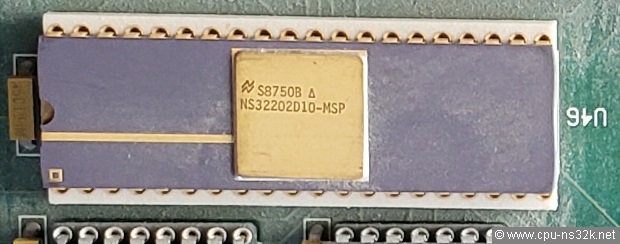
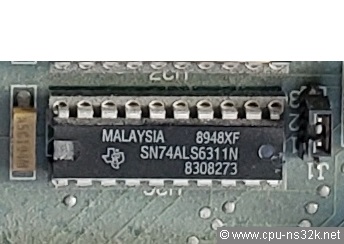
Fig. 9/10. These two chips on the board are remarkable.
For the NS32202 ICU a white socket was used. I'm working with electronic for over 40 years but I have seen only a handful of white sockets. Why is it so? Because of the heat dissipation?
Documents
Some documents about the hardware of the PC532 are available. The schematics together with the PAL equations give a good overview of the design.
This chapter was last modified on 15 November 2025. Next chapter: PC532E